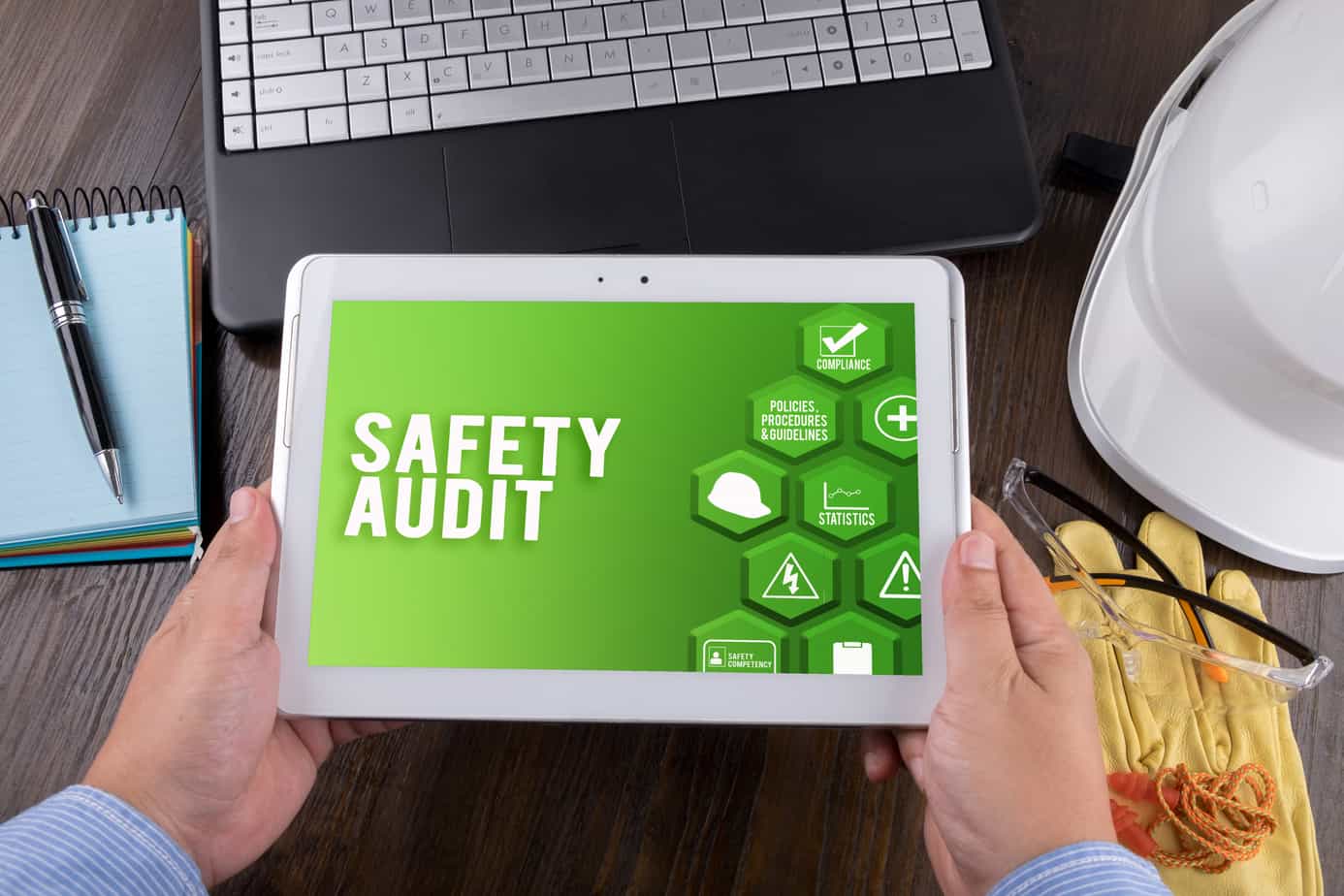Road Safety Awareness: Essential Rules for Pedestrians and Drivers
Road Safety Awareness: Essential Rules for Pedestrians and Drivers
Blog Article

Introduction
Road safety is a critical aspect of daily life, ensuring that both pedestrians and drivers can travel safely without risk. Understanding the fundamental principles of road safety can help prevent accidents, reduce fatalities, and create a more secure environment for everyone. This article provides essential rules for pedestrians and drivers, emphasizing safety practices that can significantly reduce risks on the road.
Why Is Road Safety Important?
Road accidents are a leading cause of injuries and fatalities worldwide. Unsafe driving habits, lack of awareness, and pedestrian negligence contribute significantly to these incidents. By understanding and following essential road safety rules, individuals can ensure their own safety and that of others.
Key Factors Affecting Road Safety:
- Speeding – Increases the severity of accidents and reduces reaction time.
- Distractions – Mobile phone usage and multitasking lead to accidents.
- Traffic Violations – Disregarding traffic signals and road rules endangers lives.
- Weather Conditions – Rain, fog, and slippery roads increase accident risks.
- Poor Road Infrastructure – Uneven roads and inadequate lighting contribute to accidents.
Essential Road Safety Rules for Pedestrians
Pedestrians are vulnerable road users who must adhere to safety guidelines to avoid accidents. Here are some fundamental rules:
1. Use Designated Crosswalks
Always cross roads at designated pedestrian crossings or zebra crossings. Avoid jaywalking as it increases the risk of accidents.
2. Obey Traffic Signals
Wait for pedestrian signals at intersections before crossing. Even when the signal indicates it’s safe, check both ways for oncoming vehicles.
3. Stay Visible at Night
Wear bright or reflective clothing while walking at night to ensure visibility to drivers. Avoid dark clothing in poorly lit areas.
4. Avoid Distractions
Refrain from using mobile phones or wearing headphones while walking near traffic. Staying alert reduces the chances of accidents.
5. Be Aware of Surroundings
Watch out for vehicles making turns, reversing, or entering driveways. Pay attention to cyclists and motorcyclists who may not always be visible.
6. Walk on Sidewalks
Always use sidewalks where available. If there are no sidewalks, walk on the left side of the road facing oncoming traffic.
7. Look Both Ways Before Crossing
Even at marked crossings, check left, right, and left again before stepping onto the road. Ensure drivers see you before crossing.
Essential Road Safety Rules for Drivers
Drivers hold a significant responsibility in ensuring road safety for everyone. Adhering to traffic rules and being mindful of pedestrians can prevent road accidents.
1. Follow Speed Limits
Speed limits are designed to reduce accidents and provide reaction time. Driving at excessive speeds increases the likelihood of collisions.
2. Avoid Distracted Driving
Using mobile phones, eating, or multitasking while driving diverts attention from the road. Focus on driving at all times.
3. Respect Pedestrian Crossings
Yield to pedestrians at marked crosswalks and intersections. Stop completely if required and never block pedestrian pathways.
4. Maintain a Safe Following Distance
Keep a safe distance from the vehicle ahead to allow enough stopping time in case of sudden braking.
5. Use Indicators and Headlights Properly
Always signal before changing lanes or turning. Use headlights at night and during poor weather conditions to enhance visibility.
6. Never Drive Under the Influence
Alcohol and drugs impair judgment and reaction time, leading to fatal accidents. Always designate a sober driver or use alternative transport.
7. Observe Traffic Signs and Signals
Stop at red lights, follow road signs, and adhere to lane markings to ensure safe navigation on the roads.
8. Be Cautious in School Zones
Slow down near schools and playgrounds. Be vigilant for children crossing the street unexpectedly.
The Role of Safety Audits in Road Safety
Conducting safety evaluations plays a crucial role in ensuring a safe road environment. A Safety Audit helps identify potential road hazards, recommend improvements, and enforce regulations. Governments and private organizations use audits to improve infrastructure and enforce traffic laws.
Fire Safety on Roads: Understanding the Risks
Vehicles can catch fire due to electrical faults, fuel leaks, or accidents. A Fire Audit assesses risks and ensures that safety measures, such as fire extinguishers in public transport and emergency response strategies, are in place.
Hazard and Risk Identification in Transportation
A Hazop Study helps identify hazards in transportation systems, ensuring that potential risks are mitigated before they cause accidents. This process is crucial for large-scale road safety planning and infrastructure development.
Implementing Process Safety Management for Safer Roads
Traffic systems, fuel transportation, and vehicle manufacturing require strict safety protocols. Process Safety Management ensures that safety measures are followed to prevent accidents and manage risks efficiently.
The Role of a Safety Consultant in Enhancing Road Safety
A professional Safety Consultant assesses risk factors, advises on safety improvements, and helps implement effective safety measures for drivers and pedestrians alike.
Conclusion
Road safety awareness is essential for both pedestrians and drivers. By following traffic rules, being mindful of surroundings, and implementing advanced safety measures, we can significantly reduce accidents and fatalities. Government authorities, road planners, and individuals must work together to create a safer road environment for everyone.
By incorporating safety audits, hazard identification, and expert safety consultation, we can establish a culture of responsibility and mindfulness on the roads. Prioritizing safety is not just a responsibility—it’s a necessity for saving lives and ensuring a secure transportation system. Report this page